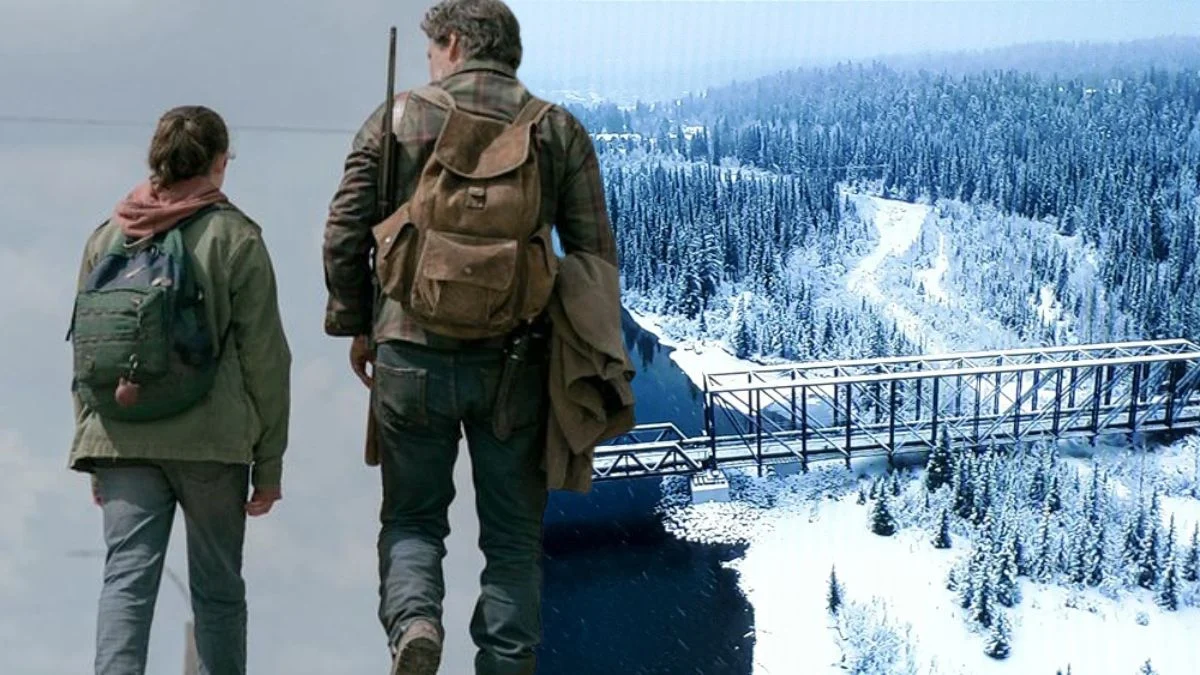
‘The Last of Us’ was made with a lot of attention to detail, aiming for a realistic and believable world, and it succeeds in many ways. However, observant viewers might notice minor errors in production, inconsistencies in the story, or background elements that don’t quite fit.
These small errors don’t affect the overall story, but they’re amusing to find if you’re paying attention. If you like analyzing how TV shows are made, these scenes perfectly illustrate how even careful productions can miss minor details.
Crew members visible on the snowy ridge

During the winter section of the show, a distant shot reveals figures on a hillside that aren’t part of the story. They’re positioned to the side and move in a way that clearly shows they’re likely the camera crew and safety personnel working on the production.
The initial broadcast had a brief, noticeable flaw, which was later corrected in subsequent versions of the episode. If you carefully watch the scene near the bridge and examine the snow, you can still see where the set ended and the filming area began.
Modern Alberta road furniture in a Kansas City setting

The scenes showing Joel and Ellie arriving in Kansas City were actually filmed in Calgary, Canada. This meant the film crew had to cover up things that would reveal the location wasn’t Missouri, like street signs and equipment. If you look closely during those street scenes, you might notice curbs, posts, and pedestrian buttons that are designed for Alberta, Canada, instead of Kansas City.
During car chases, it’s easy to overlook details at the edges of the screen. If you pause the scene as the vehicles enter the city and carefully examine the areas around crosswalks, you might notice differences in the shape and placement of traffic lights, revealing where the scene was filmed.
Anachronistic vehicles during the 2003 prologue

The story begins at the start of the century, meaning any cars made after that year shouldn’t be seen. During the highway chase, some of the vehicles in the background – like newer pickup trucks and crossovers – weren’t actually released until much later, creating an inconsistency with the timeline.
As the truck drives through the traffic jam, quick glimpses of the cars behind it reveal a problem: some have designs and features from years *after* the story is supposed to take place. If you watch the footage carefully, frame by frame, you can see these newer car models in the background.
Snow coverage continuity during the river approach
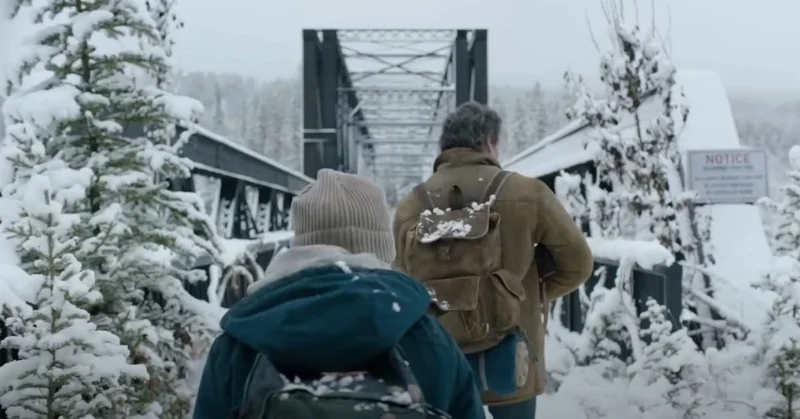
As the scene approaches the dam, the amount of snow on the ground changes inconsistently between shots. Footprints appear and disappear, and bushes seem to become covered and uncovered in snow within just a few seconds of screen time.
These inconsistencies usually happen when filming the same scene at different times of day with changing weather. If you examine the footprints near the fence posts and compare them throughout the scene, you’ll notice how the ground appears differently between shots.
Backpack tape that jumps sides between cuts
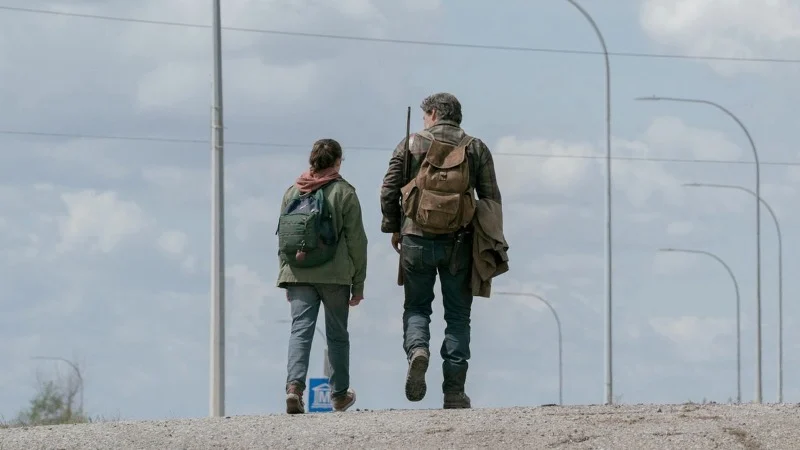
Ellie repairs her backpack with tape, which unintentionally becomes noticeable in close-up shots. The tape’s placement changes slightly between different camera angles, creating the illusion that the same strap is patched in different spots.
You can confirm the switch by watching a scene where someone first carries a bag over their shoulder and then puts it down. An adhesive patch is visible on the left side of the screen in one shot, and then on the right side after the camera angle changes, even though the bag itself wasn’t turned around.
Magazine round counts that do not match the firing
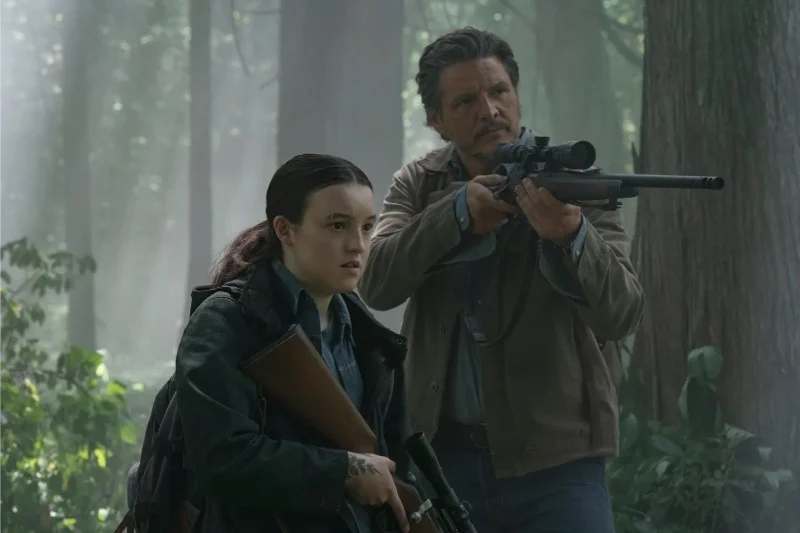
The game features fast-paced action, but there are inconsistencies with how ammunition works. Sometimes characters fire more bullets than their guns should hold without ever reloading, which doesn’t make sense.
To understand this, choose a scene where Joel uses a typical handgun. Count how many shots you hear and see, then compare that number to how many bullets the gun’s magazine should hold. You’ll notice the editing skips a necessary reload to make the final shot count work.
Changing blood patterns on Joel’s jacket
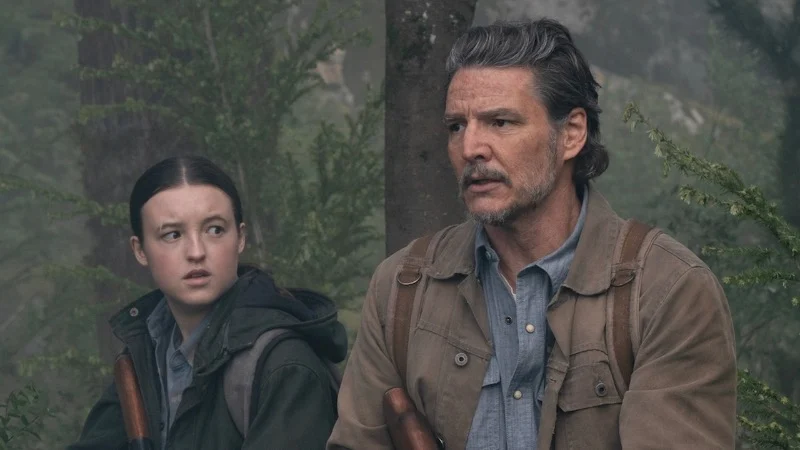
Joel’s jacket, marked with injury stains, helps maintain a consistent visual across different camera shots. The amount and location of blood on his sleeve and chest aren’t always consistent from one shot to the next, changing size or position without any clear explanation within the scene.
As a film buff, I’ve learned to spot editing tricks, and one of the easiest to see involves tracking a dark area on the screen during dialogue scenes. If you watch a single dark spot as characters walk and talk, and it suddenly *jumps* a few centimeters from one shot to the next – meaning it touches a line in one frame and then isn’t touching it in the next – that’s a pretty clear sign the scene was pieced together from different takes, likely with slightly different starting positions.
Flashlight beams that do not match the light on faces
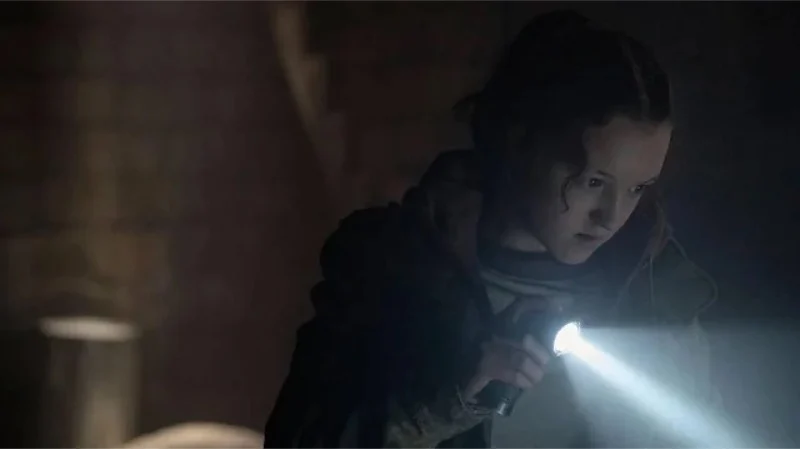
During scenes set in the museum and other dimly lit spaces, characters use flashlights to see their way around. Notice how faces remain well-lit even when the flashlight beam moves away – this is because hidden fill lights were used to maintain consistent brightness and prevent characters from being obscured in darkness.
Pay attention to lighting when characters look around a room. If a beam of light hits a wall or the floor, but people’s faces still appear brightly lit with consistent shadows, it suggests extra lighting is being used that isn’t part of the scene’s natural environment.
Window damage that resets between angles

While shattered glass can create a dramatic effect, it’s tricky to maintain consistently throughout a longer scene. During a conversation in a safehouse, for example, the pattern of broken windows might subtly change between shots – cracks appear or disappear – which is distracting for viewers.
You can confirm this by spotting a unique crack near the window latch in the initial shot, and then finding it again in the reversed footage. If the crack appears smaller or in a different location, it means the glass was replaced between takes, and the two shots were combined during editing.
Street sign clutter that reveals the filming route

When a TV show wants to depict a different city, the art department changes the street signs and decorations. However, sometimes you can still spot remnants of the previous setup in wide shots – things like extra signposts, or holes and brackets on poles that don’t quite match the new signs used for the scene.
Pay close attention to the street fixtures while watching the movie, and you’ll notice things that don’t quite add up – like two sets of poles or poles of different heights. These subtle details suggest the filmmakers used a different route than the one the story implies. Once you start looking, the actual filming locations become obvious.
Share the moments you have spotted in ‘The Last of Us’ that belong on this list in the comments.
Read More
- DOGE PREDICTION. DOGE cryptocurrency
- TON PREDICTION. TON cryptocurrency
- Calvin Harris Announces India Debut With 2 Shows Across Mumbai and Bangalore in November: How to Attend
- The Dividend Maze: VYM and HDV in a Labyrinth of Yield and Diversification
- EQT Earnings: Strong Production
- Leveraged ETFs: A Dance of Risk and Reward Between TQQQ and SSO
- The Relentless Ascent of Broadcom Stock: Why It’s Not Too Late to Jump In
- GLD vs. SLV: Which ETF Wins for Retail Investors?
- Dogecoin’s Wild Ride: 165K% Liquidation Chaos!
- Trump, Crypto, and the Code Crusader: Will Storm Weather the Legal Storm? 🌪️💰
2025-10-12 00:57